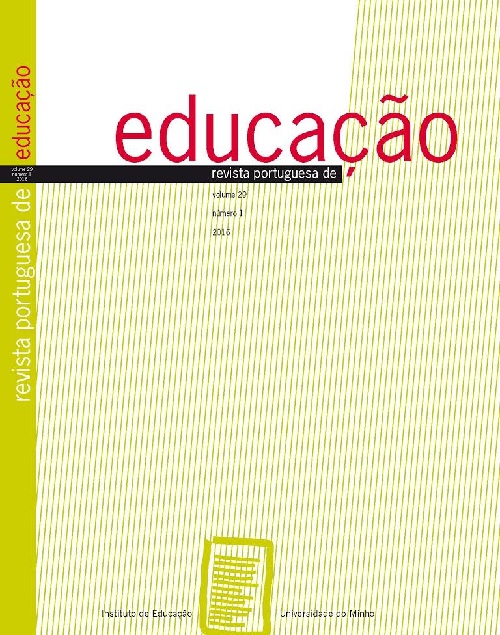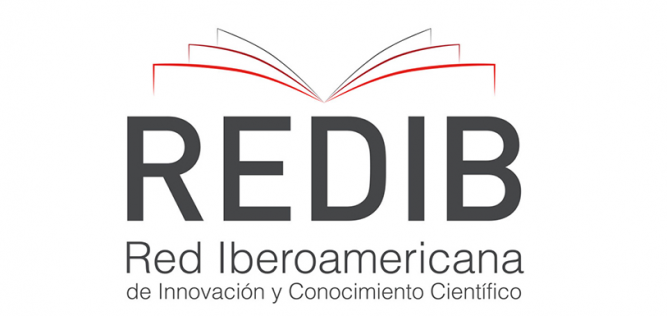Cognição espacial e intervenções psicopedagógicas no contexto da inclusão
DOI:
https://doi.org/10.21814/rpe.8453Abstract
Ao longo do tempo, o conceito, a análise e a atenção prática das deficiências intelectuais e do desenvolvimento (DID) sofreram mudanças, ao se deslocarem de paradigmas médico-psicológicos para incluir enfoques educacionais. O objetivo deste estudo é analisar o impacto de intervenções baseadas na avaliação interativa com alunos com DID – com uso de programas computacionais e práticas como a construção de maquetes – na estimulação do desenvolvimento cognitivo potencial, nas dimensões visuoespaciais e lógicas. O texto constata que o potencial cognitivo de alunos com DID pode ser manifestado através de intervenções mediadas com ênfase nos processos metacognitivos, interacionais e afetivos. Ao destacar as
possibilidades de expressão de funções cognitivas, como a espacial – em
níveis bidimensionais e tridimensionais –, foi possível desenvolver o potencial de simbolização e abstração dos alunos. A linguagem tecnológica – como o Google Street View– se mostrou uma ferramenta da cultura contemporânea facilitadora na aprendizagem dos alunos com deficiência intelectual.
PALAVRAS-CHAVE
Deficiência intelectual e do desenvolvimento; Educação inclusiva; Tecnologia; Habilidades visuoespaciais
ABSTRACT
Over time, intellectual developmental disability (IDD) suffered changes concerning its concept, analysis and practice, moving away from a medicalpsychological paradigm to include an educational focus. Within the context of inclusive education, the aim of this study is to analyze the impact of interventions based on interactive assessment with IDD students – using computer programs and practical tasks, as building scale models – in the potential stimulation of cognitive development, specifically in the visuospatial and logical dimensions. This text notes that the cognitive potential of students can be manifested through mediated interventions, with emphasis on metacognitive, affective and interactional processes. Stressing possibilities of expression for cognitive resources, such as spatial functions – in both twodimensional and three-dimensional levels –, it was possible to develop the students’ potential of abstraction and symbolization. Technological resources of contemporary culture – such as Google Street View– demonstrated to be effective as facilitating learning tools for students with intellectual disabilities.
KEYWORDS
Intellectual disabilities; Inclusive education; Technology; Visual-spatial skills
Downloads
Downloads
Published
How to Cite
Issue
Section
License
1. The authors preserve their authorship and grant the Portuguese Journal of Education the right to the first publication. The work is licensed under Creative Commons Attribution License that allows sharing the work with the acknowledgment of initial authorship and publication in this Journal.
2. The authors have the right to take additional contracts separately, for non-exclusive distribution of the published version of their work (e.g. to deposit in an institutional repository or as a book chapter), acknowledging the initial authorship and publication in this Journal.
3. The authors have the permission and are stimulated to post their work online (e.g. in an institutional repository or on their personal website). They can do this at any phase of the editorial process, as it may generate productive changes, as well as increase impact and article citation (see The Open Citation Project).
The work is licensed under Attribution-ShareAlike 4.0 International (CC BY-SA 4.0)




















